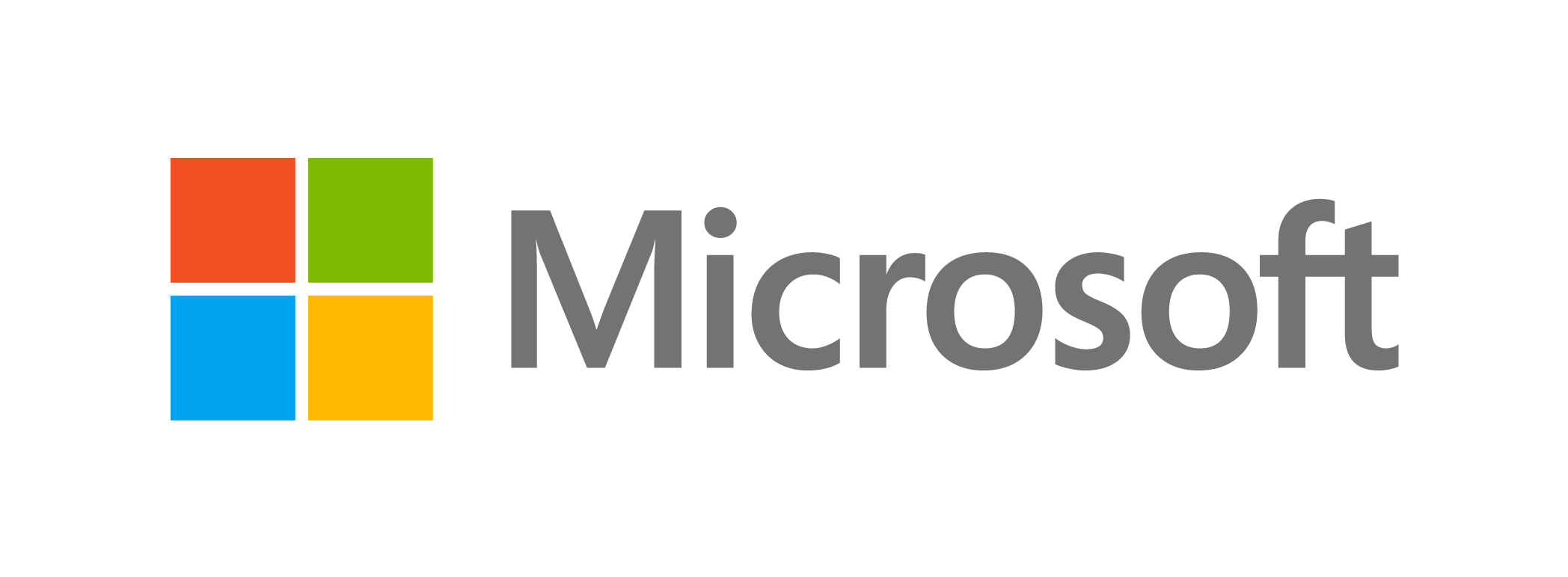Microsoft Releases National Survey Findings on How to Inspire the Next Generation of Doctors, Scientists, Software Developers and Engineers
New survey among college students and parents of K–12 students provides implications for nurturing interest in science, technology, engineering and math (STEM) careers.
(3BL Media / theCSRfeed) REDMOND, WA - September 7, 2011 - Microsoft Corp. today announced the findings of two national surveys, conducted online by Harris Interactive, of college students currently pursuing science, technology, engineering and math (STEM) degrees and of parents of K–12 students. The goal of the surveys was to gain insight about what can better prepare and inspire students to pursue post-secondary education in STEM subjects.
The state of STEM education has been a leading topic of conversation and concern among education leaders, teachers and faculty members, policymakers, business leaders, parents, and even students in recent years. The U.S. will have more than 1.2 million job openings in STEM-related fields by 2018, according to the U.S. Department of Labor, and, unfortunately, there will be a significant shortage of qualified college graduates to fill them.
“In today’s globally competitive and technologically driven economy, the jobs available to our country’s young people increasingly depend on the quality of the education and skills they acquire,” said Brad Smith, Microsoft’s general counsel and senior vice president. “If our students are to compete successfully for the jobs of the future, we must better prepare them to be lifelong learners and give them a strong foundation in science, technology, engineering and math. Our goal in fielding the surveys was to uncover ways to encourage interest in STEM among today’s youth — our future leaders.”
Microsoft STEM Survey Key Findings
Parent Perceptions
Parents were asked about their perceptions of STEM education in K–12, and the survey found broad agreement that there is room for improvement.-
Although most parents of K–12 students (93 percent) believe that STEM education should be a priority in the U.S., only half (49 percent) agreed that it actually is a top priority for this country.
-
Parents who feel STEM should be a priority said they feel this way because they want to ensure the U.S. remains competitive in the global marketplace (53 percent) and to produce the next generation of innovators (51 percent); fewer said it’s to enable students to have well-paying (36 percent) or fulfilling careers (30 percent).
-
Even though many parents (50 percent) would like to see their children pursue a STEM career, only 24 percent are extremely willing to spend extra money helping their children be successful in their math and science classes.
-
Nearly four in five STEM college students said they decided to study STEM in high school or earlier (78 percent). One in five (21 percent) decided in middle school or earlier.
-
More than half (57 percent) of STEM college students said that before going to college, a teacher or class got them interested in STEM (20 percent).
-
This is especially true of female students (68 percent versus 51 percent of males) who chose “a teacher or class” as the top factor that sparked their interest.
-
Only one in five STEM college students felt that their K–12 education prepared them extremely well for their college courses in STEM.
-
Students who felt less prepared for STEM college courses said that offering more STEM courses and having better or more challenging courses would have helped to better prepare them — and for students who felt extremely or very well-prepared, it was the challenging, college prep courses that helped to prepare them.
-
Females in STEM were more likely than males to say they were extremely/very or well-prepared (64 percent versus 49 percent) by their K–12 education, and females were slightly more likely than their male counterparts to say that preparing students for STEM should be a top priority in K–12 schools (92 percent vs. 84 percent).
-
Rather, students who select a STEM path indicated they do so to secure their own futures.
-
68 percent said they want a good salary.
-
66 percent said it’s the job potential.
-
68 percent said they find their degree program subjects intellectually stimulating and challenging.
-
Male students were more likely to pursue STEM because they have always enjoyed playing with games and toys, reading books, and participating in clubs focused on their chosen subject areas (51 percent versus 35 percent of females).
-
Female students were more likely to say they chose STEM to make a difference (49 percent versus 34 percent of males).
MICRO16615

